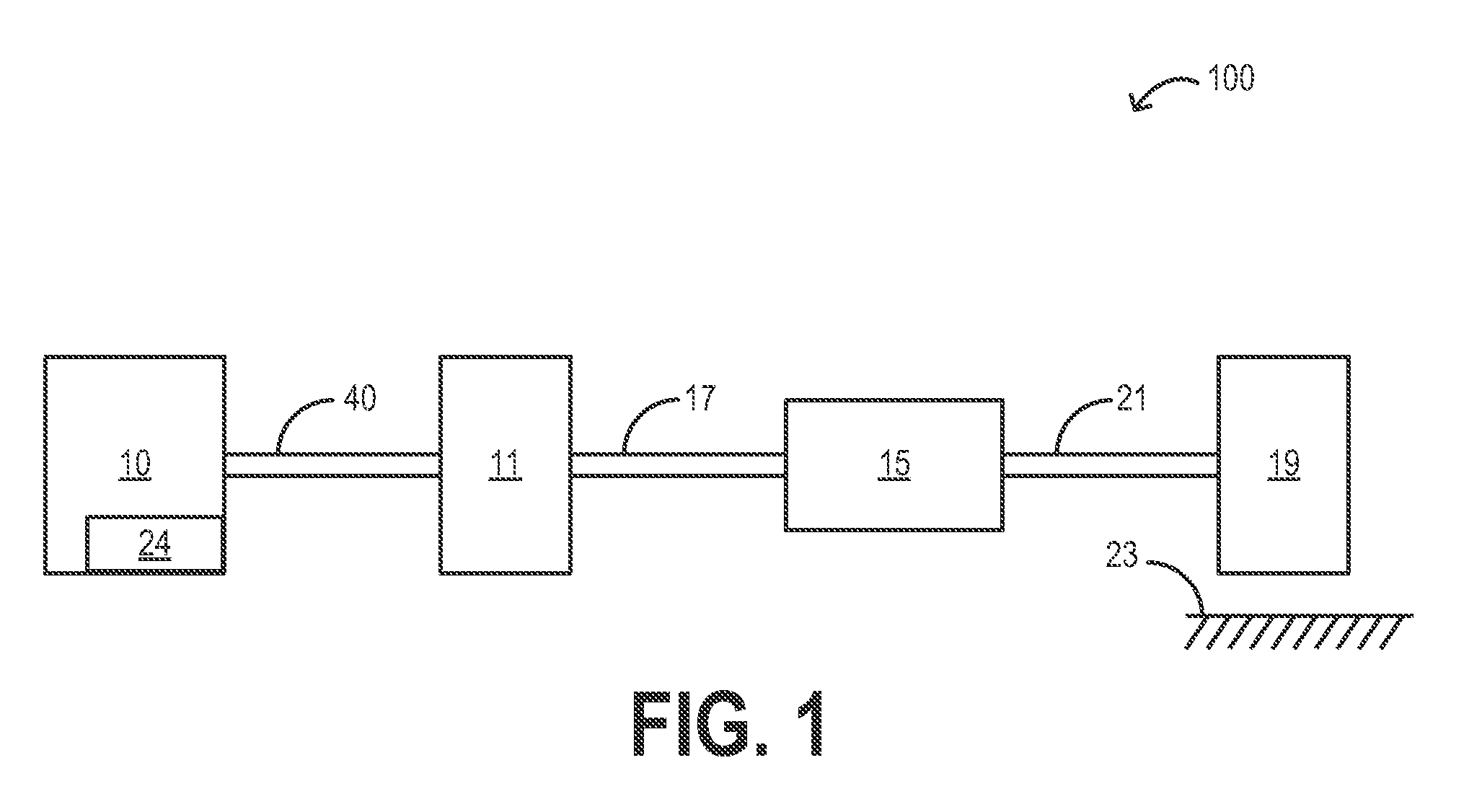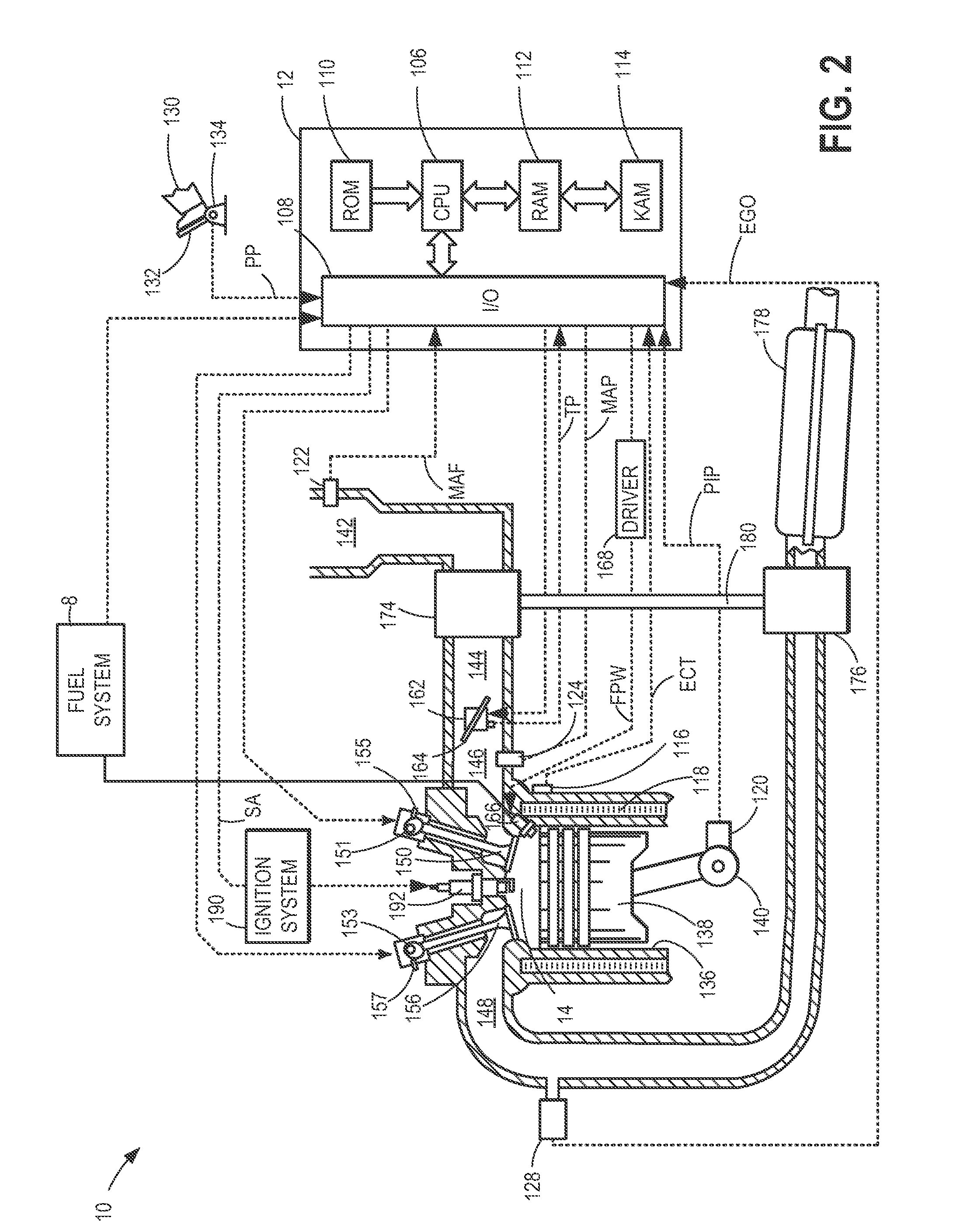Method for avoiding turbocharger damage
a technology of turbocharger and engine, which is applied in the direction of engine starters, electric control, instruments, etc., can solve the problems of rapid shutting down of the internal combustion engine from an operating state, interruption of lubricant supply, and difficulty in coping with the operating state, so as to reduce the fuel consumption and the emission of exhaust gas, and increase the risk
- Summary
- Abstract
- Description
- Claims
- Application Information
AI Technical Summary
Benefits of technology
Problems solved by technology
Method used
Image
Examples
Embodiment Construction
[0019]A turbocharger turbine admits exhaust gas in order to rotate a shaft coupled to a compressor. As a result, the turbine may be exposed to high temperatures. To prevent damage to the turbine, oil may be pumped through the turbine. In vehicles with an automatic start / stop system, the engine may be automatically shut down in response to one or more operating parameters. Under these conditions, an oil pump that pumps oil to the turbine may continue to be operated after engine stop conditions have been met to ensure adequate cooling of the turbine. FIGS. 1-3 show example engine diagrams including an automatic start / stop system, turbocharger, and oil pump. FIG. 4 is a control routine for operating the oil pump. FIG. 5 is example operating parameters during the course of carrying out the control routine of FIG. 4.
[0020]FIG. 1 shows a vehicle system 100 including internal combustion engine 10 coupled to torque converter 11 via crankshaft 40. Engine 10 may be a gasoline engine. In alter...
PUM
 Login to View More
Login to View More Abstract
Description
Claims
Application Information
 Login to View More
Login to View More - R&D
- Intellectual Property
- Life Sciences
- Materials
- Tech Scout
- Unparalleled Data Quality
- Higher Quality Content
- 60% Fewer Hallucinations
Browse by: Latest US Patents, China's latest patents, Technical Efficacy Thesaurus, Application Domain, Technology Topic, Popular Technical Reports.
© 2025 PatSnap. All rights reserved.Legal|Privacy policy|Modern Slavery Act Transparency Statement|Sitemap|About US| Contact US: help@patsnap.com



